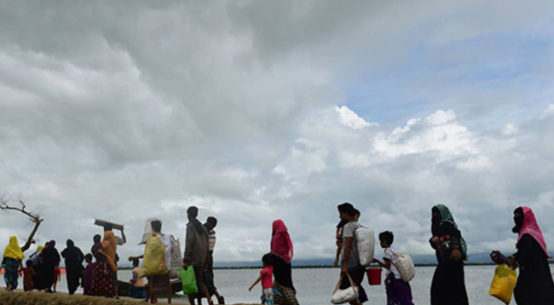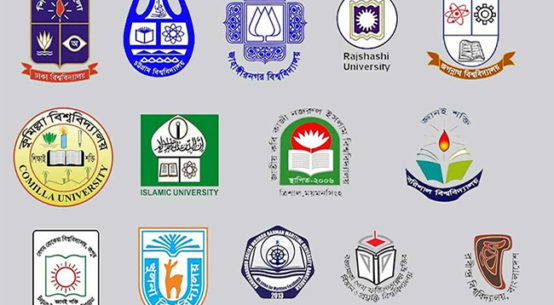On this date in 1940, the Lahore Resolution was proposed and accepted by the top leaders of future Pakistan. It stated without any ambiguity that two independent states were to be formed, one on the Western and the other on the Eastern part of India. It didn’t spell out the nature of a single, centralized, unified state anywhere.
On the basis of that resolution, politics intensified and the Bengal Muslim League surge began. By 1946, in the most crucial elections held in colonial India, BML won in Bengal. Claiming absolute mandate of its people, BML was confident of the new state’s emergence. People had been pumped up by the potential of a new state where in Bengal, peasant interests would be paramount.
Words were around that laws would be brought in to end zamindari and the structure attached to it. Naturally, the peasantry was excited. For them it was not important who ran the state but that they had a better life. Having spent two century in resistance and rebellion, the peasant was looking forward to some returns.
For the BML middle class supporters in urban and peri-urban zones, the matter was one of socio-economic freedom and control over life and politics in a way they never had before. Delhi was key, a centre which could exert pressure on colonial HQ’s decision making. In an independent state, Delhi would not have any influence on Bengal.
Various quasi political groups held meetings and discussed the shape of “independent East Pakistan “ and it was a fact of political life for the middle class. It was also on the basis of this peasant friendly independent state that votes rolled in, in the 1946 elections that ensured the victory of Pakistan at the national level. During this period- 1940-46- no one ever contested the reality of independent East Pakistan including Jinnah.
Soon after the election, at the meeting in Delhi in 1946, Jinnah called the decision of the “states” as a typing error and this changed it to a single centralized “Pakistan”. The BML protested and returned to Kolkata and took up a radical project which was to establish a United Bengal. In this they got Bengal Congress as allies but in the end they ditched under pressure from Delhi Congress and the project collapsed. Bengal Congress instead of independence proposed the partition of Bengal.
Radical young BML leaders by then had floated a clandestine group called the “Inner Group” which worked for a state away from India and Pakistan. So even before the united Pakistan was born, the movement for an independent outside Pakistan was born.
Political convenience and opportunism shaped Jinnah’s decision but such plans doesn’t always work out particularly when the historical trajectory is so widely different. On this day in Dhaka in 1971, Pakistan was over. Its army lay crouched to kill but that army faced a humiliation few forces do in history, an abject surrender to its greatest enemy.
Jinnah’s Pakistan of 1947 lasted only 24 years. It was history’s loudest slap on the face of duplicity.


